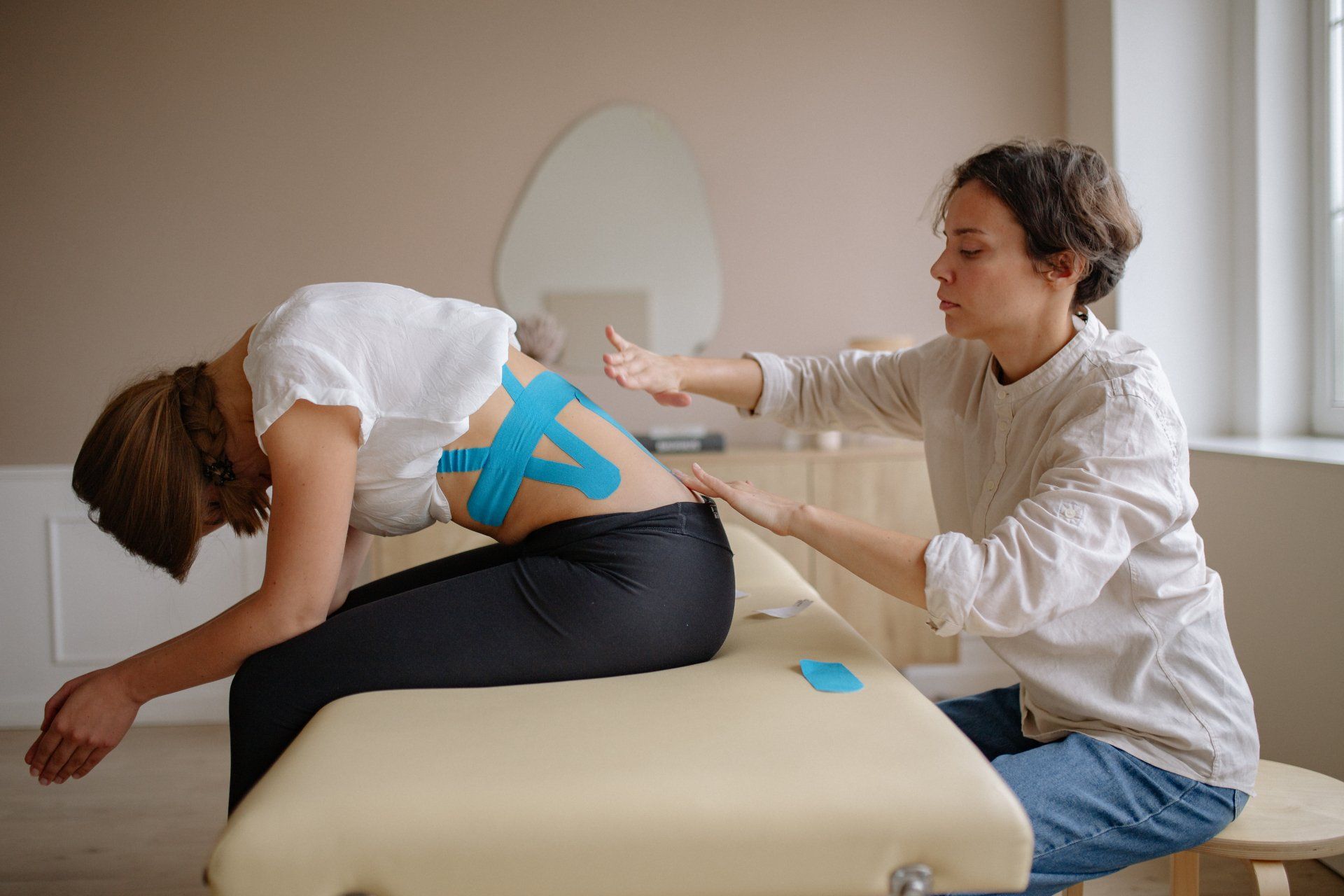Improving Patient Outcomes in Orthopedics
Introduction
Orthopedic conditions such as scoliosis, kyphosis, and other postural deformities significantly impact a patient’s quality of life. Early detection and accurate diagnosis are crucial for effective treatment and management. Traditional screening methods, while effective, are often resource-intensive and require specialized training and equipment. Metamorphosis offers a revolutionary approach to orthopedic diagnostics, leveraging advanced AI and machine vision technology to provide precise, non-invasive, and cost-effective initial screenings. This whitepaper outlines the implementation of Metamorphosis in orthopedic clinics and its benefits in improving patient outcomes.
The Need for Advanced Screening in Orthopedics
Orthopedic conditions can lead to severe physical limitations and chronic pain if not diagnosed and treated early. Common challenges in traditional orthopedic screening include:
- High costs associated with advanced imaging technologies like X-rays and MRIs.
- Exposure to radiation from traditional imaging methods.
- Need for specialized training to interpret diagnostic results.
- Limited access to advanced diagnostic tools in rural and underserved areas.
Metamorphosis: A Solution for Orthopedic Clinics
Metamorphosis addresses these challenges by providing an innovative, AI-powered platform that enhances initial screenings in orthopedic clinics. Key features of the Metamorphosis platform include:
- Non-Invasive Technology: Uses optical imaging to detect spinal and postural deformities without exposing patients to radiation.
- AI-Powered Analysis: Advanced algorithms analyze the captured images to provide accurate and immediate diagnostic data.
- Portability: Compact and easy to transport, making it suitable for various clinical settings, including remote and underserved areas.
- User-Friendly Interface: Minimal training required for healthcare providers to operate the system and interpret results.
Implementation Strategy
Phase 1: Planning and Setup
- Assessment and Customization: Evaluate the specific needs of the orthopedic clinic and customize the Metamorphosis setup accordingly.
- Training and Education: Conduct comprehensive training sessions for clinic staff on using the Metamorphosis platform, including operating the machine vision cameras, understanding AI analysis, and interpreting results.
Phase 2: Initial Screening Process
- Integration with Clinical Workflow: Integrate Metamorphosis into the existing clinical workflow to ensure seamless adoption. Screenings can be performed during routine check-ups or as part of a dedicated screening program.
- Data Collection and Analysis: Use machine vision cameras to capture detailed images of the patient’s spine and posture during the initial screening. The AI analyzes these images in real-time, providing immediate feedback on any detected abnormalities.
Phase 3: Follow-Up and Monitoring
- Patient Referrals: Based on the initial screening results, refer patients with detected abnormalities for further evaluation and treatment by orthopedic specialists.
- Ongoing Monitoring: Establish a protocol for regular follow-up screenings to monitor the progression of diagnosed conditions and adjust treatment plans as needed.
Benefits of Metamorphosis in Orthopedic Clinics
- Early Detection: Enables early identification of orthopedic conditions, allowing for timely intervention and better patient outcomes.
- Cost-Effective: Reduces the need for expensive imaging technologies and specialized training, lowering overall diagnostic costs.
- Radiation-Free: Provides a safer alternative to traditional imaging methods, eliminating the risk of radiation exposure.
- Enhanced Accessibility: Portable and easy-to-use technology ensures that advanced orthopedic diagnostics are accessible even in remote and underserved areas.
- Improved Patient Experience: Non-invasive and quick screenings improve patient comfort and satisfaction.
Case Study: Implementing Metamorphosis in an Orthopedic Clinic
An orthopedic clinic implemented Metamorphosis to enhance their initial screening process. The clinic staff received training on the platform, and the system was integrated into their routine check-ups. Within the first few months, the clinic reported significant improvements in early detection rates of scoliosis and other spinal deformities. Patients appreciated the non-invasive nature of the screenings, and the clinic saw a reduction in overall diagnostic costs.
Conclusion
Metamorphosis represents a significant advancement in orthopedic diagnostics, providing a comprehensive, accurate, and cost-effective solution for initial screenings. By leveraging AI and machine vision technology, orthopedic clinics can improve patient outcomes through early detection and timely intervention. The implementation of Metamorphosis not only enhances the quality of care but also ensures that advanced diagnostic tools are accessible to all, regardless of location or resources. As the healthcare landscape continues to evolve, Metamorphosis stands at the forefront of innovation, transforming the way orthopedic conditions are diagnosed and managed.

/ contact
Let’s talk, meet, work together.
This is a paragraph. Writing in paragraphs lets visitors find what they are looking for quickly and easily.
This is a paragraph. Writing in paragraphs lets visitors find what they are looking for quickly and easily.
This is a paragraph. Writing in paragraphs lets visitors find what they are looking for quickly and easily.
This is a paragraph. Writing in paragraphs lets visitors find what they are looking for quickly and easily.
This is a paragraph. Writing in paragraphs lets visitors find what they are looking for quickly and easily.
Jane Faber, New York
This is a paragraph. Writing in paragraphs lets visitors find what they are looking for quickly and easily.
This is a paragraph. Writing in paragraphs lets visitors find what they are looking for quickly and easily.



